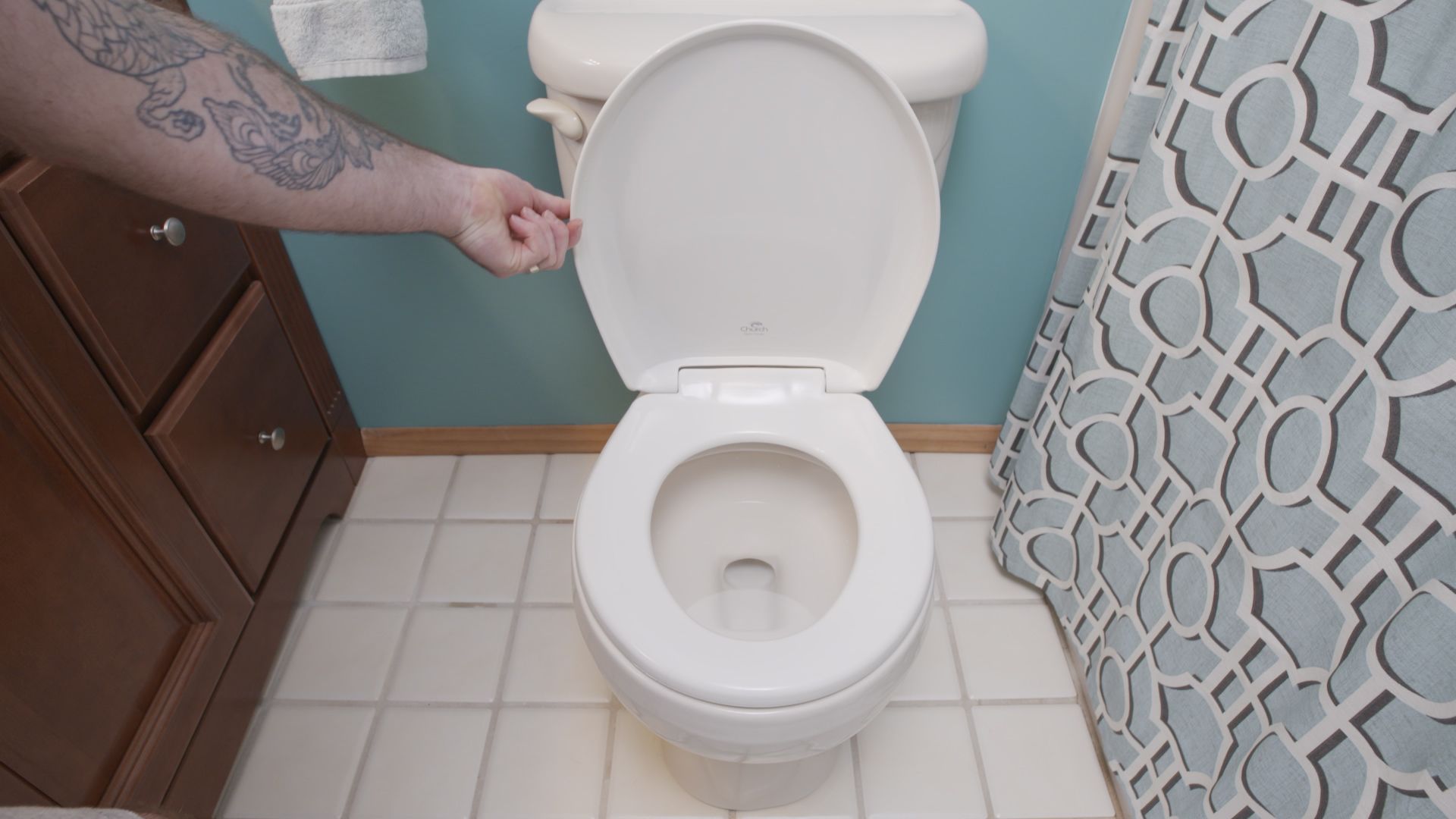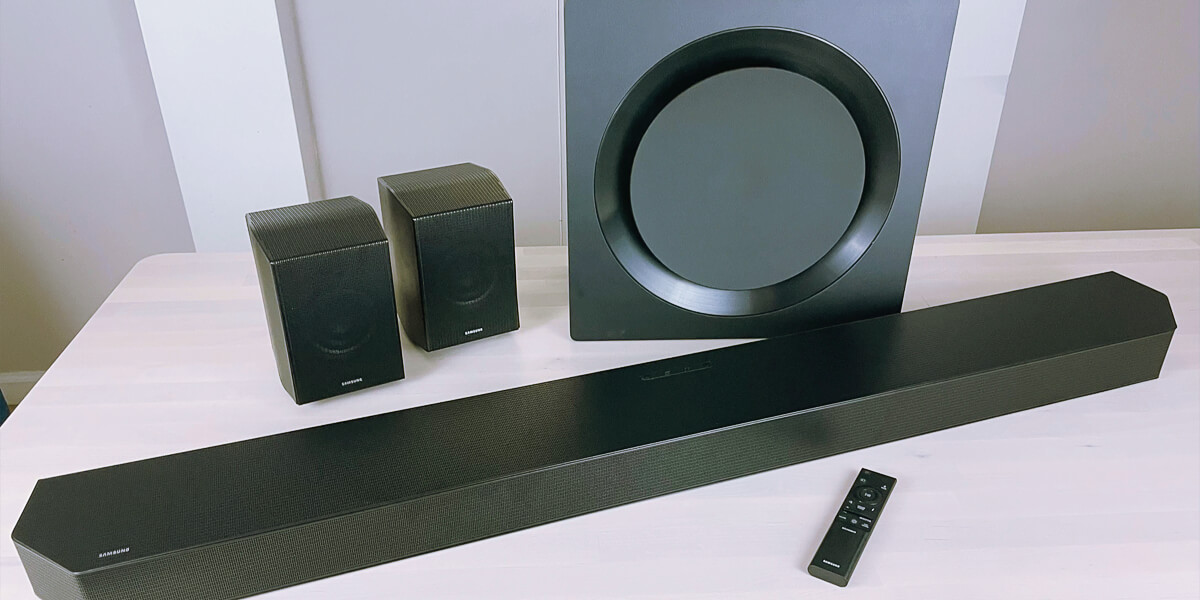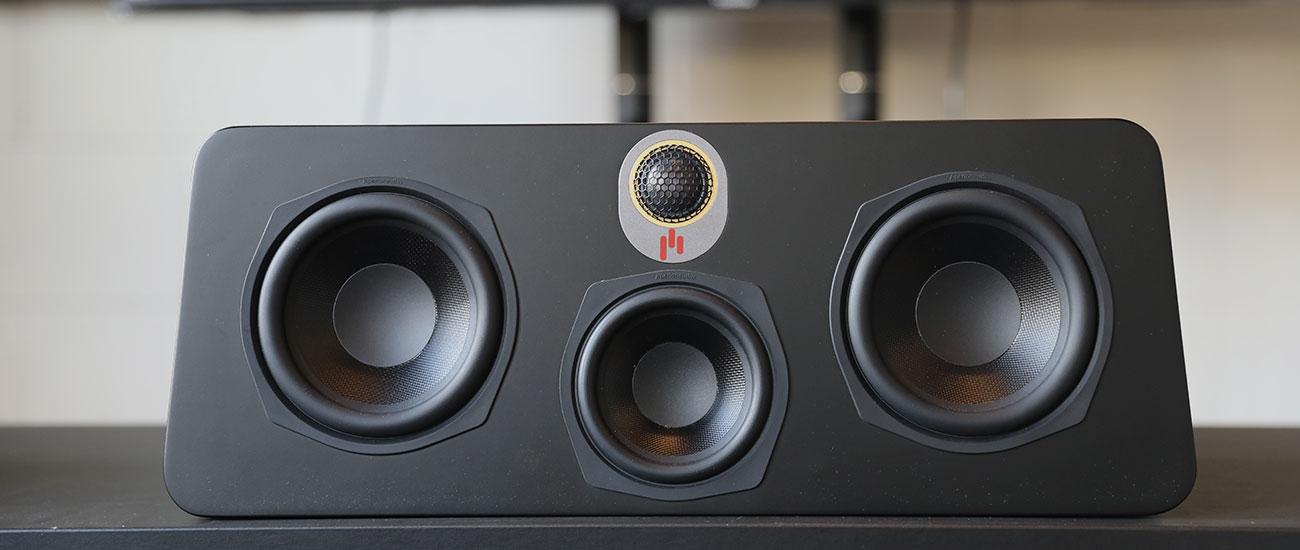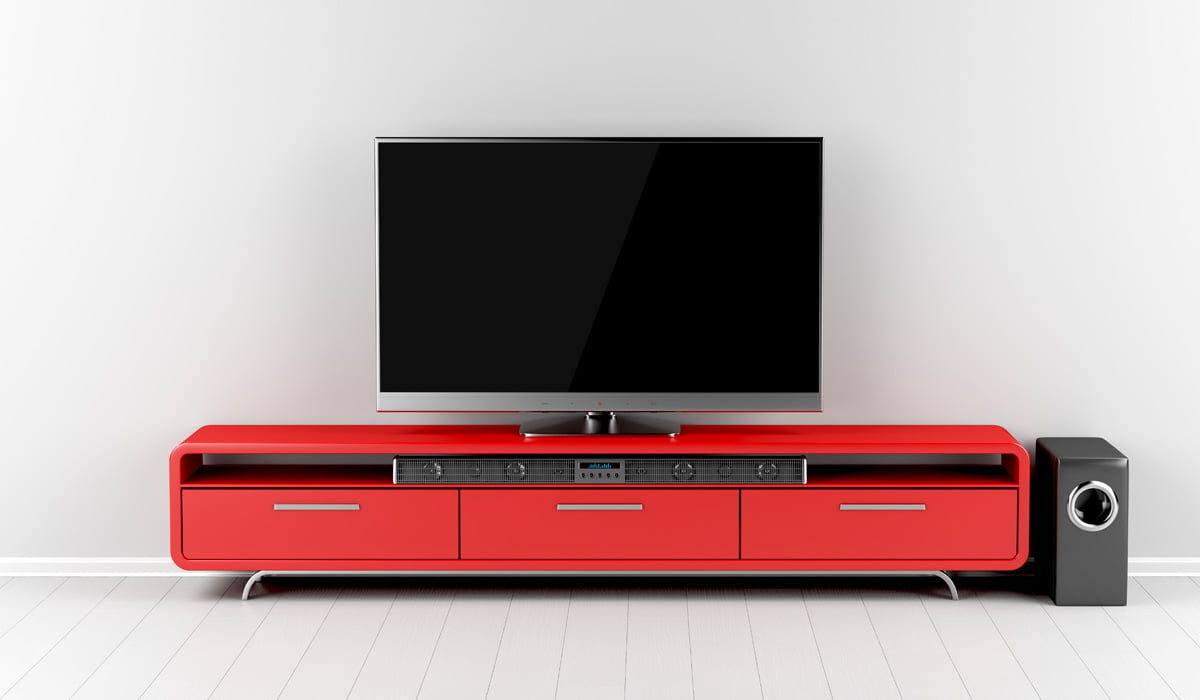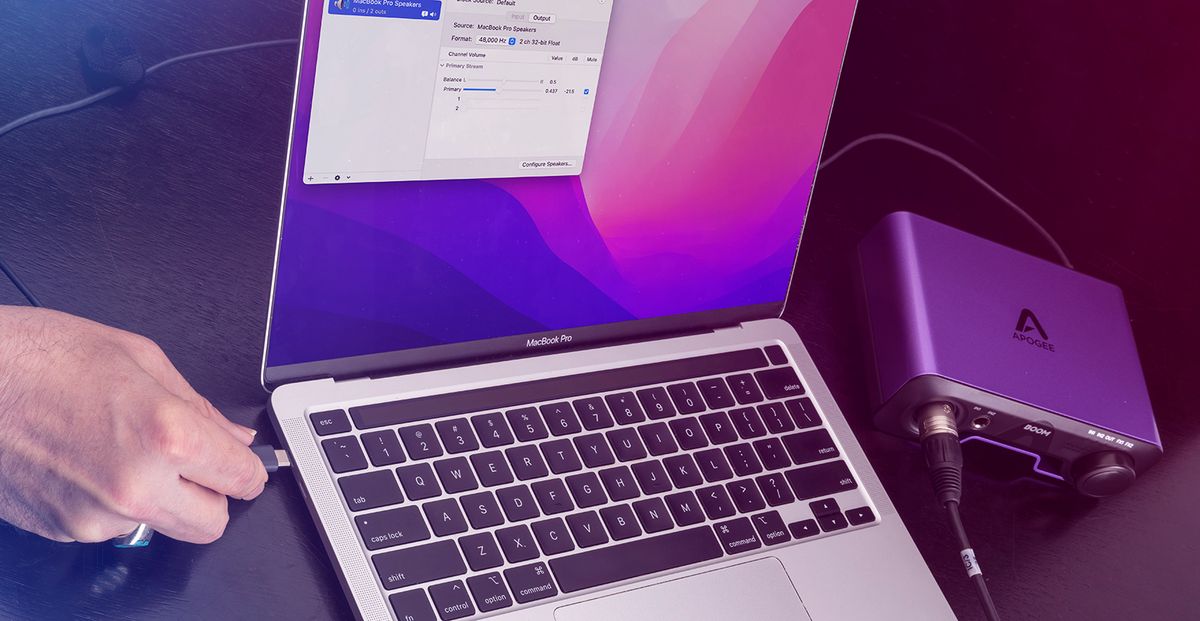Home>Production & Technology>Treble>Why Does Adding Treble Make My Audio Sound Bad


Treble
Why Does Adding Treble Make My Audio Sound Bad
Modified: January 22, 2024
Discover why adding treble can have a negative impact on your audio quality. Understand how to optimize treble settings for a better listening experience.
(Many of the links in this article redirect to a specific reviewed product. Your purchase of these products through affiliate links helps to generate commission for AudioLover.com, at no extra cost. Learn more)
Table of Contents
Introduction
Welcome to the world of audio, where every little adjustment can make a significant impact on the listening experience. If you’ve ever found yourself asking, “Why does adding treble make my audio sound bad?”, you’re not alone. Understanding the effect of treble on audio quality is crucial for anyone seeking to achieve the best sound possible.
Treble refers to the higher frequency range in audio, commonly associated with sharpness, clarity, and brightness. It is the counterpart to bass, which encompasses the lower frequency range. While adjusting the treble can enhance certain aspects of audio, it can also lead to unwanted consequences if not done carefully.
In this article, we will delve into the intricacies of treble in audio and explore why adding treble can sometimes result in poor sound quality. Additionally, we will provide valuable tips to improve audio quality when adding treble, ensuring an optimal listening experience for all enthusiasts out there.
Whether you’re an audiophile, a musician, or just an avid listener, understanding the impact of treble on audio will help you better appreciate the complexities of sound reproduction and make informed decisions when fine-tuning your audio setup.
Understanding Treble in Audio
Before we dive into why adding treble can affect audio quality, let’s first understand what treble is and its role in audio reproduction.
Treble refers to the higher frequencies in the audio spectrum. It encompasses sounds that are sharp, bright, and airy, such as cymbals, violins, or female vocals. The treble range typically starts around 2,000 Hz and extends to the upper limit of human hearing, which is around 20,000 Hz.
In audio systems, treble is emphasized using an equalizer or tone controls. By boosting the treble, you can increase the presence and clarity of high-frequency sounds in the audio mix. This adjustment can help highlight details and add sparkle to the overall sound.
However, it is important to note that treble is just one component of the audio spectrum. The other important aspect is the bass, which covers the lower frequencies. Achieving a balanced sound requires a harmonious relationship between treble and bass, with neither overpowering the other.
In music production and audio engineering, achieving a balanced frequency response is crucial for creating a pleasing and accurate sound reproduction. This is why professional studios and audio engineers spend considerable time fine-tuning the treble and bass levels to achieve the desired sonic balance.
As a listener, it is essential to understand the role of treble in audio and how it contributes to the overall sound experience. With this knowledge, you can better appreciate the nuances of each instrument and vocal in a piece of music.
The Effect of Adding Treble on Audio Quality
When it comes to adding treble to audio, there can be both positive and negative effects on the overall audio quality. Understanding these effects is important to ensure that the adjustments you make enhance the sound rather than degrade it.
Adding treble can improve the clarity and detail of high-frequency sounds. It can make instruments and vocals stand out, giving them more presence and definition in the mix. The increased brightness can add an overall sense of liveliness to the audio, making it sound more vibrant.
However, there is a fine line between adding just the right amount of treble and overdoing it, which can have detrimental effects on audio quality. If you add too much treble, it can result in harsh, shrill, or piercing sounds that are fatiguing to listen to. The excessive emphasis on high frequencies can overpower the rest of the audio spectrum, creating an unbalanced and unnatural sound.
Furthermore, when adding treble, it is crucial to consider the quality of the audio source. If the original recording or file is of low quality or already has excessive treble, boosting it further will only amplify its flaws. It is essential to start with a high-quality source and make subtle adjustments to maintain the integrity and clarity of the audio.
Another aspect to consider when adding treble is the listening environment. The acoustics of the room or space can greatly influence the perception of high-frequency sounds. A room with reflective surfaces can cause treble to bounce around and create unpleasant echoes or resonances. In such cases, it may be necessary to address the room’s acoustic treatment to achieve a balanced sound.
Overall, the effect of adding treble on audio quality depends on the context, the quality of the source material, and the careful consideration of other elements in the audio spectrum. When done tastefully and in moderation, adding treble can enhance the listening experience. However, excessive or poorly implemented treble adjustments can result in a degraded audio quality and an unpleasant listening experience.
Potential Reasons for Poor Audio Quality with Increased Treble
While adding treble to audio can enhance certain aspects of the sound, it can also lead to poor audio quality if not done correctly. Let’s explore some potential reasons why increasing the treble can result in unfavorable audio outcomes.
1. Overemphasis on high frequencies: Increasing the treble too much can result in an imbalanced sound, with an overpowering emphasis on high frequencies. This can cause certain instruments or vocals to become harsh, shrill, or even distorted, leading to a loss of clarity and detail in the audio.
2. Source material limitations: If the original audio recording or file is of low quality or already has excessive treble, adding more treble will only exacerbate the existing issues. It is important to start with a high-quality source material to ensure the best possible audio outcome when making adjustments.
3. Listening environment: The acoustics of the room or space in which you are listening can greatly affect the perception of treble. Reflective surfaces can cause treble to bounce around, resulting in unwanted echoes or resonances. In such cases, addressing the room’s acoustic treatment may be necessary to improve the overall audio quality.
4. Mismatched audio equipment: Different audio equipment can have varying frequency response characteristics. If your audio system or headphones favor certain frequencies, such as treble, increasing the treble further can lead to an unbalanced sound. It is important to choose equipment that complements your listening preferences and maintains a neutral frequency response when making treble adjustments.
5. Lack of subtlety: When making treble adjustments, it is important to exercise moderation and subtlety. As with any audio parameter, excessive adjustments can lead to undesirable outcomes. Making small, incremental changes allows for better control and ensures a more natural and pleasing sound.
By understanding these potential reasons for poor audio quality with increased treble, you can take the necessary precautions and make informed adjustments to achieve the best possible audio experience.
Tips to Improve Audio Quality when Adding Treble
If you want to enhance the audio quality by adding treble, here are some helpful tips to ensure optimal results:
1. Start with a balanced audio source: Before adding treble, make sure you have a high-quality audio source. Choose well-recorded tracks or files that have a balanced frequency response to avoid amplifying any existing flaws or inconsistencies.
2. Make subtle adjustments: When increasing the treble, do so in small increments. This allows you to gradually fine-tune the sound without making drastic changes. Listen carefully to the effect each adjustment has on the overall sound and make adjustments accordingly.
3. Consider the listening environment: Take into account the acoustics of your listening environment. If you are in a room with reflective surfaces, adding treble may lead to unwanted echoes or reverberation. Consider implementing sound-absorbing materials or using speakers with directional sound to minimize these issues.
4. Balance treble with other frequencies: Remember that a balanced audio experience involves harmonious interaction between treble, midrange, and bass frequencies. Avoid overemphasizing the treble to the point where it overpowers other frequencies. Find the right balance to create a cohesive and realistic sound.
5. Use quality audio equipment: Investing in good audio equipment can significantly improve the audio quality when adding treble. Look for speakers, headphones, or sound systems that provide clear and accurate high-frequency reproduction. A good frequency response helps to maintain the integrity of the sound as you make treble adjustments.
6. Experiment with equalizers: Equalizers allow precise control over audio frequencies. Familiarize yourself with the equalizer settings of your audio equipment or software and experiment with different configurations. Adjusting specific bands or using pre-set equalizer profiles can help you fine-tune the treble to your preference.
7. Consider professional audio mastering: If you’re aiming for the best possible audio quality, consider consulting with a professional audio engineer or mastering studio. They have the expertise and specialized equipment to optimize the treble and overall sound quality, ensuring a truly exceptional audio experience.
Remember, adding treble should be done thoughtfully and in moderation. The goal is to enhance the audio quality, not overpower or distort it. By following these tips, you can make effective treble adjustments and enjoy a well-balanced and immersive audio experience.
Conclusion
Understanding the impact of treble on audio quality is essential for anyone seeking to achieve the best listening experience. While adding treble can enhance the clarity and brightness of audio, it is important to exercise caution to avoid potential pitfalls.
By understanding the principles of treble and its role in audio reproduction, you can make informed decisions when adjusting the treble levels. Be aware that excessive treble can lead to harsh and fatiguing sound, and it is crucial to strike a balance with other frequencies for a well-rounded audio experience.
Consider the quality of the audio source, the listening environment, and the characteristics of your audio equipment when making treble adjustments. Starting with high-quality source material, making subtle adjustments, and taking into account the room acoustics can greatly enhance the audio quality.
Experimenting with equalizers and seeking professional audio mastering services can further improve the overall audio quality when adding treble. Remember to exercise moderation and fine-tune the treble to your personal preference.
With these insights and tips in mind, you can confidently navigate the world of treble and create an immersive and enjoyable audio experience that brings out the best in your favorite music and audio content.



